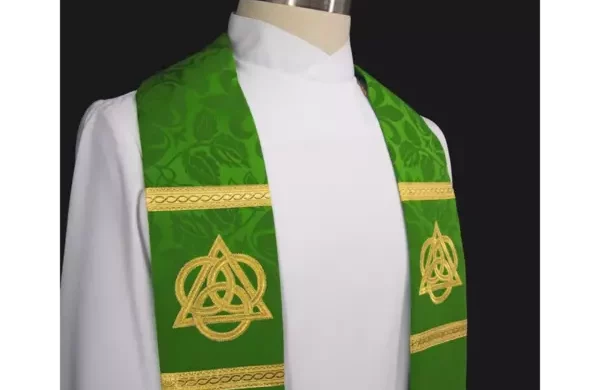
The Triquetra, or Trinity Knot, is a symbol with deep Christian significance, representing the Father, Son, and Holy Spirit as three unified entities. Originating in Norse and Celtic cultures, it became prominent in Christian art, especially in the Book of Kells. Today, it is commonly seen in jewelry and religious art, symbolizing the unity and eternal connection of the Trinity.
Like this:
Like Loading...
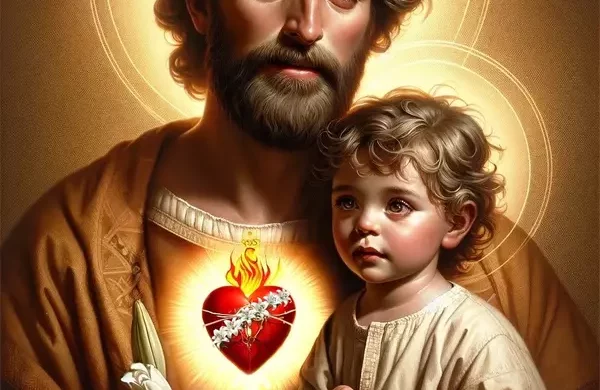
June, celebrated as Sacred Heart Month, honors the Sacred Heart of Jesus, symbolizing His love and sacrifice. Formalized in the 17th century, this devotion also venerates the Most Chaste Heart of Saint Joseph and the Immaculate Heart of Mary, representing purity and maternal love. The month encourages reflection and active devotion, inspiring deeper spiritual maturity and a closer relationship with the divine.
Like this:
Like Loading...

Mother’s Day is coming soon! If you’re not sure what to get, check out our lovely collection of home décor and gifts. Whether you’re shopping for a gift or treating yourself, our items will make any living space feel cozier.
Like this:
Like Loading...
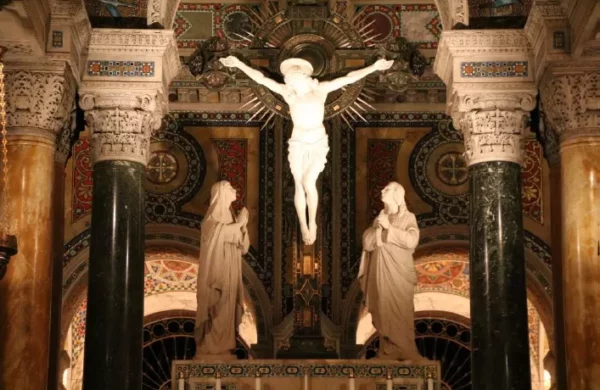
The Latin cross (also known as the Cross of the Passion) is the most commonly used. It is believed that this is the style of the cross in which Jesus was crucified. In older times, it was used indiscriminately with the Greek cross (more on that later!) but when the Eastern and Western churches split the Western Orthodox primarily used the Latin cross and the Eastern Orthodox used the Greek cross.
Like this:
Like Loading...
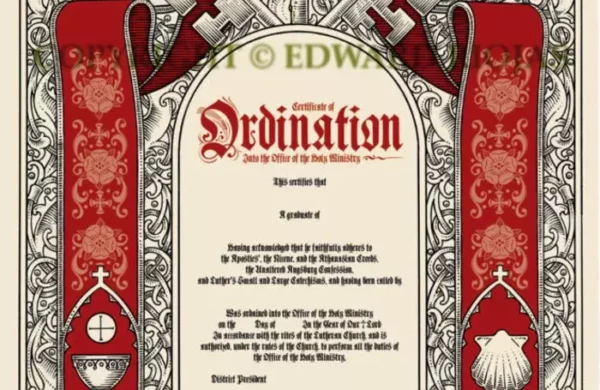
Edward Riojas has been creating artwork professionally for 40 years. Riojas now works exclusively in the sacred realm, while drawing on his origins in the fine arts. Edward’s beautiful artwork is the foundation of the liturgical designs for many of the church vestment collections found on our Ecclesiastical Sewing website.
Like this:
Like Loading...
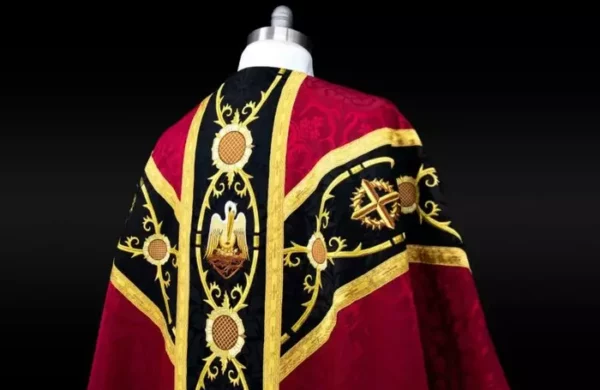
The church symbol of the pelican was first used in the British 12th century as the bird was believed to be a perfect example of the great sacrifice that our Lord made for us. It awakens the spirit of charity towards others and reminds us of the generosity of our Lord, the great redeemer. Therefore, the image of the pelican is a strong reminder that ties us to our faith and a universal symbol that joins the Christian community together.
Like this:
Like Loading...
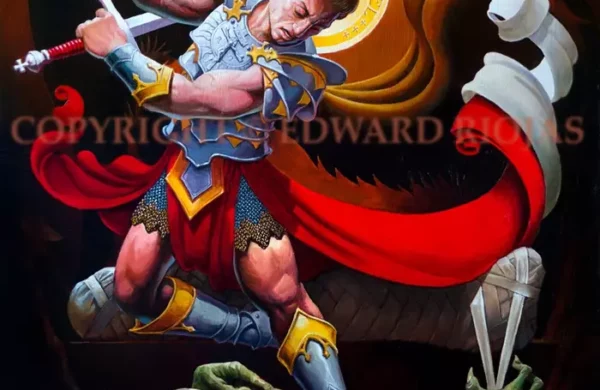
Looking for something that will be enjoyed by your special father every day? Please consider selecting the perfect gift of a Giclée print. Giclée prints are the archival standard used by museums and galleries to reproduce fine art. The images are printed on Hahnemuehle fine art paper and are ready for framing to suit your decor.
Like this:
Like Loading...
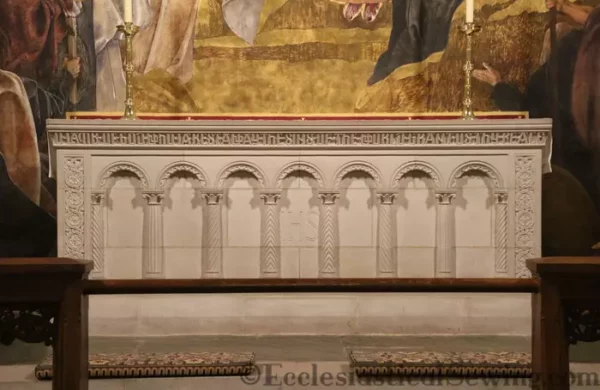
Good Friday Liturgical Art. The story of Joseph of Arimathea’s honorable burial of Jesus.
Like this:
Like Loading...
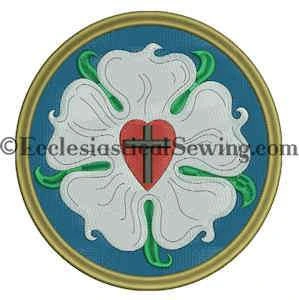
Our Luther Rose Brocade features the Luther Rose Symbol woven into the fabric. Created by Carrie R. around the fall of 2016, it was designed for the 500th Anniversary of the Protestant Reformation. Inspired by her Patonce Cross and Luther Rose Symbol, Carrie collaborated with artist Edward Riojas to perfect the design. The fabric was then sent to England for production, resulting in this unique and meaningful brocade.
Like this:
Like Loading...
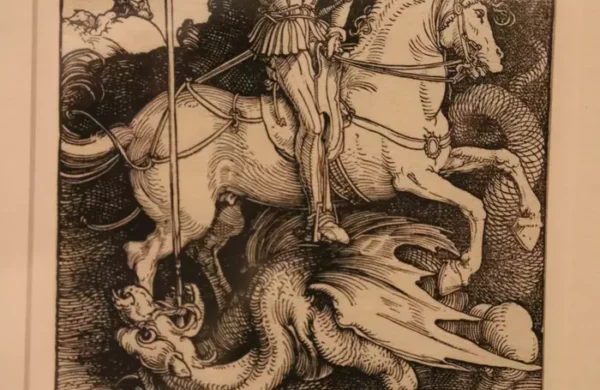
Dürer and Cranach, two Northern Renaissance artists, are remembered on April 6th. Dürer, the son of a goldsmith, apprenticed as a painter and printmaker, gaining fame for his woodcuts and paintings. He created portraits of notable figures like Erasmus and read Luther’s writings. Cranach, the Elder, had less known formal art training but became the court painter of Wittenberg by 1505. He used various mediums, witnessed Luther’s marriage, and engaged in business ventures, producing works with both Protestant and Roman Catholic themes.
Like this:
Like Loading...
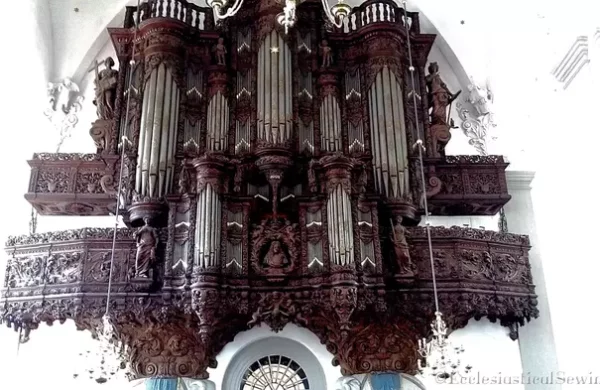
Our Saviour’s Church, built in 1680 by architect Lambert van Haven, stands on the site of a 1639 church. In the Dutch Baroque style, its Greek cross floor plan reaches 36 meters in height. The design emphasizes order in creation, with focus on God and divine right following the king. The altar, crafted by Nicodemus Tessin in 1732, uniquely depicts the Garden of Gethsemane instead of a crucifixion.
Like this:
Like Loading...
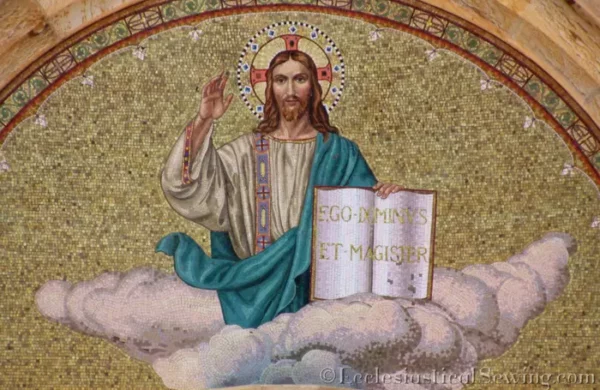
The mosaic of Christ holding a book with the words “Ego Dominus Et Magister” offers design inspiration. Details like the nimbus with cross and diamond border could be beautifully translated into hand-embroidered silk and gold threads. The orphrey on Christ’s shoulder is simple yet elegant. The swirling clouds and the mosaic border with a scroll motif and a cross framed in an oval shape also provide intriguing design ideas.
Like this:
Like Loading...
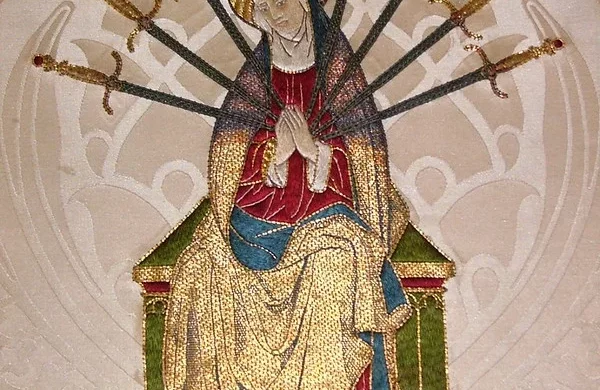
Ninian Comper, also known as John Ninian Comper, embarked on his design career in 1880 at age 16 in Aberdeen School of Art. After joining Charles Kempe’s studio in 1882, he honed his skills. Comper’s apprenticeship with George Frederick Bodley in 1883 marked a significant phase in his development as a church architect. This dedicated training for four years under Bodley and Thomas Garner shaped Comper into a skilled practitioner beyond a mere craftsman.
Like this:
Like Loading...
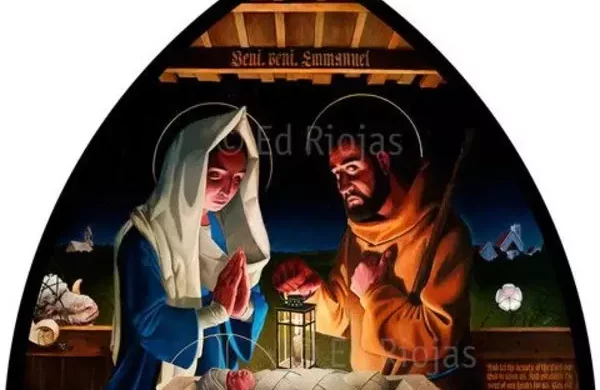
Liturgical Arts Resources link artists for inspiration. The Lutheran Art Resources site values quality in church aesthetics, focusing on unique paraments and vestments. Despite limited resources, various options exist for obtaining high-quality liturgical art. Scapegoat Studio Blog’s logos and Ad Crucem’s vibrant paintings, including Edward Riojas’s, add richness to this artistic community.
Like this:
Like Loading...
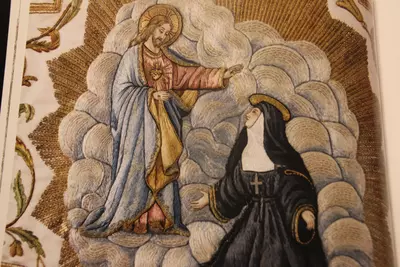
The Museum of the Visitation features stunning works of art produced, collected, and saved over many Centuries by the Order of the Visitation. The artworks include many ornamental branches of church art such as statues, silver, textiles, and silks.
Like this:
Like Loading...
















You must be logged in to post a comment.